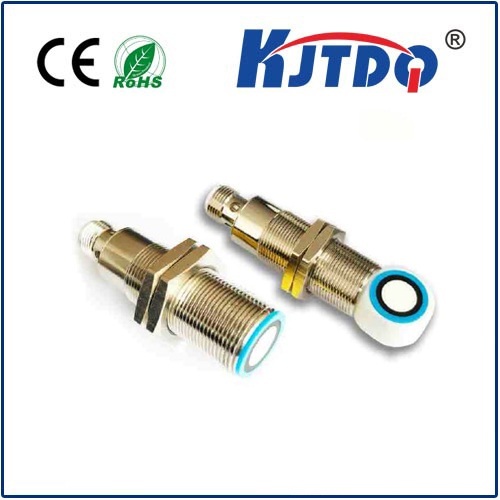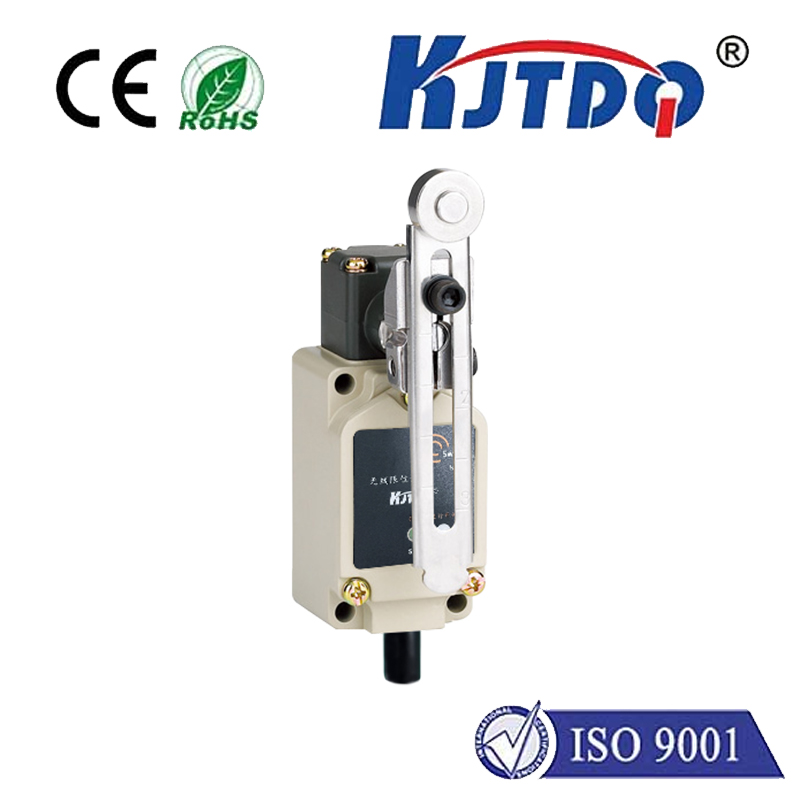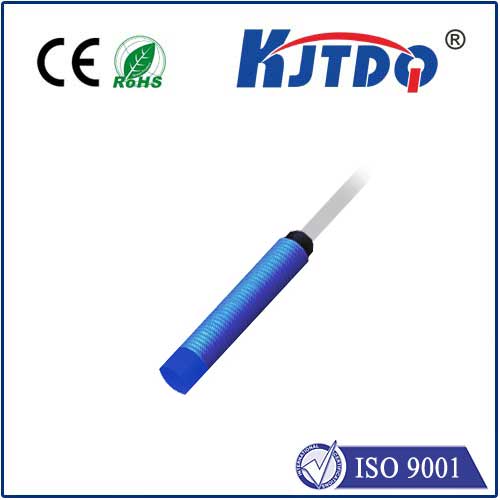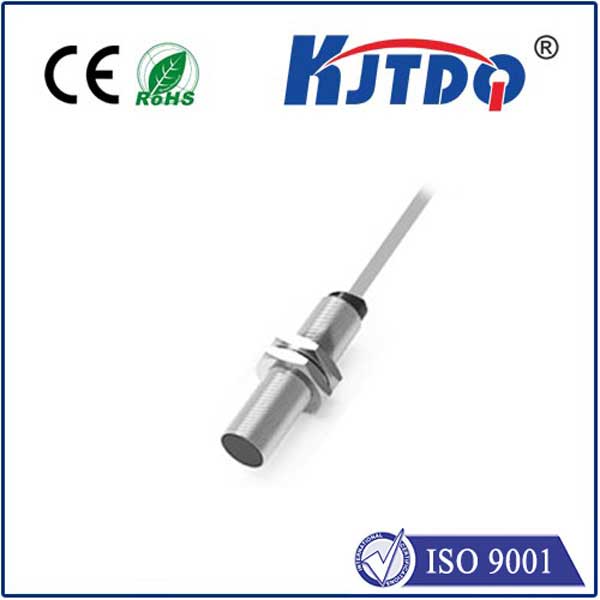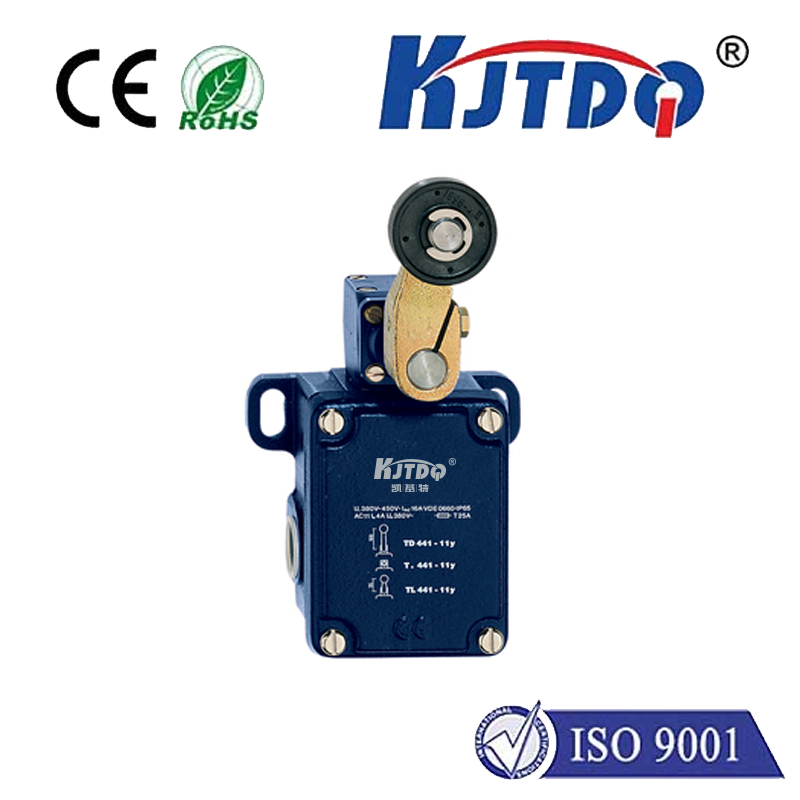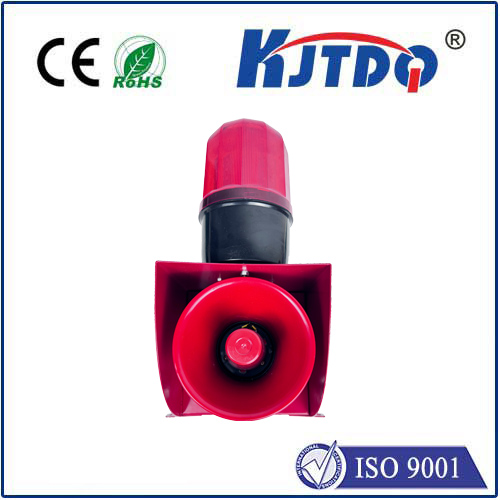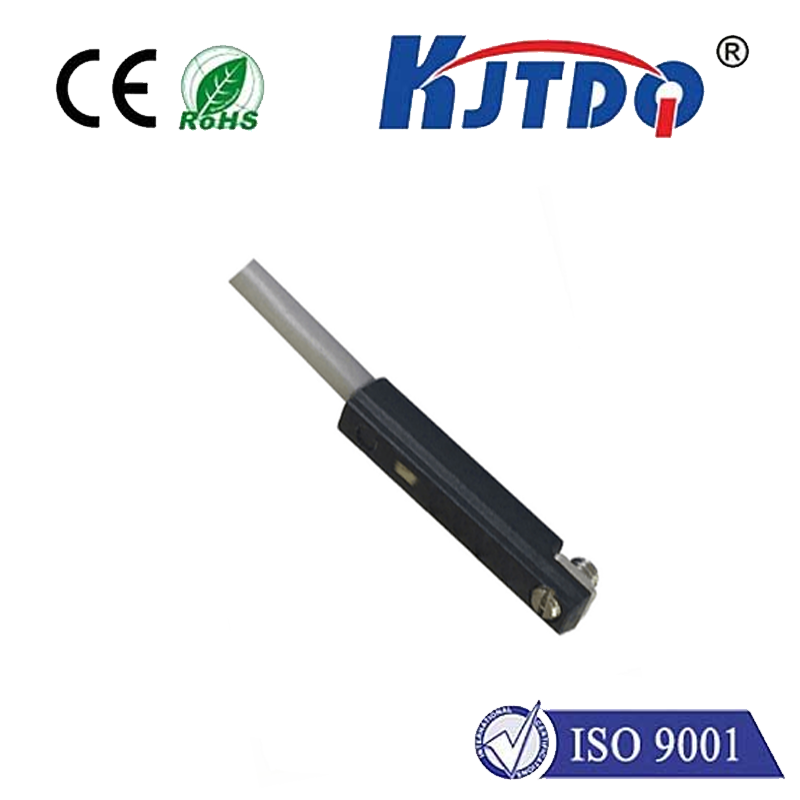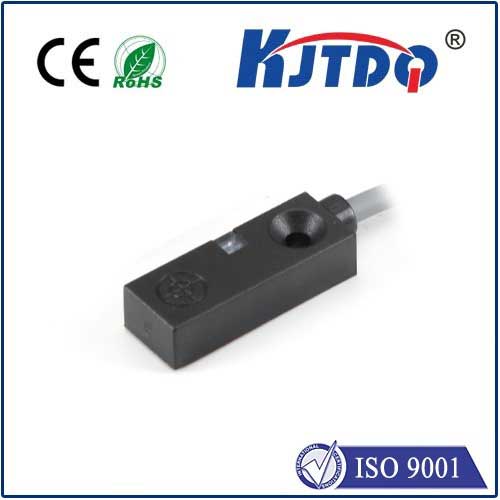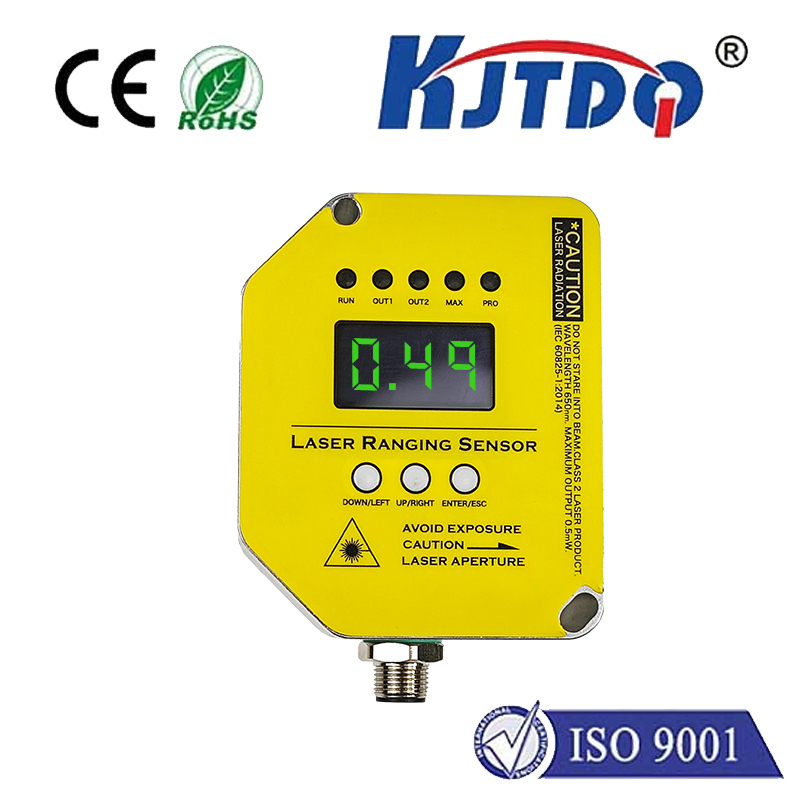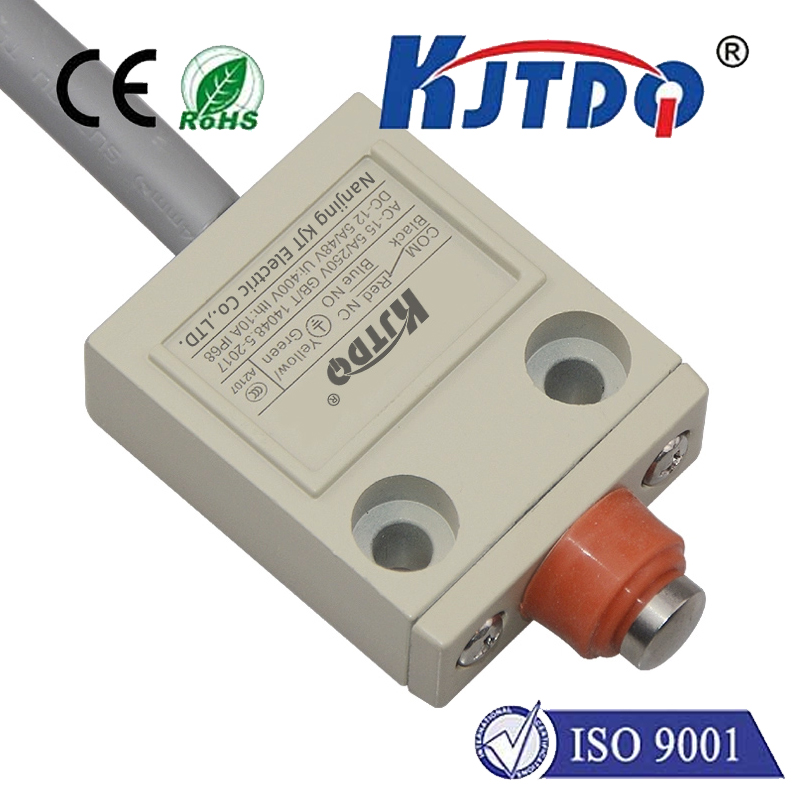
check

check

check

check

Laser Height Measurement Sensor: A Game-Changer in Precision Measurement In the world of industrial automation and manufacturing, precision is key. One tool that has revolutionized the way we measure height with incredible accuracy is the laser height measurement sensor. This innovative device has become an essential part of many industries, from automotive to aerospace, due to its ability to provide precise measurements quickly and efficiently. In this article, we will explore the features and applications of laser height measurement sensors and why they have become so popular in the industrial world. The laser height measurement sensor works by emitting a laser beam towards the object whose height needs to be measured. The laser bounces off the surface of the object and returns to the sensor, which then calculates the time it took for the laser to travel to the object and back. By knowing the speed of light, the sensor can accurately determine the distance between itself and the object, thereby providing a highly accurate measurement of the object’s height. One of the key features of the laser height measurement sensor is its non-contact nature. Unlike traditional measuring tools that require physical contact with the object being measured, laser height measurement sensors do not need to touch the object at all. This eliminates errors caused by vibrations or thermal expansion, making them ideal for use in environments where precision is crucial. Additionally, since there is no physical contact, these sensors are less prone to wear and tear, increasing their lifespan and reducing maintenance costs. Another advantage of laser height measurement sensors is their ability to measure heights over large distances with high accuracy. This makes them particularly useful in applications such as monitoring structural health, where changes in building height can indicate potential structural issues. They are also widely used in geotechnical engineering to measure ground settlement and deformation, as well as in the automotive industry to ensure proper vehicle alignment and suspension settings. The flexibility of laser height measurement sensors is another factor contributing to their popularity. They can be easily integrated into existing systems and adapted for use in a variety of different applications. For example, they can be used in conjunction with machine vision systems to improve accuracy when measuring complex shapes or contours. Alternatively, they can be mounted on robotic arms or drones for remote height measurements in hard-to-reach areas. In conclusion, the laser height measurement sensor has truly transformed the way we measure height in various industries. Its non-contact nature, ability to measure over large distances with high accuracy, flexibility, and cost-effectiveness make it an indispensable tool for anyone requiring precise measurement capabilities. As technology continues to advance, we can expect these sensors to play an even greater role in shaping the future of industrial automation and manufacturing.
